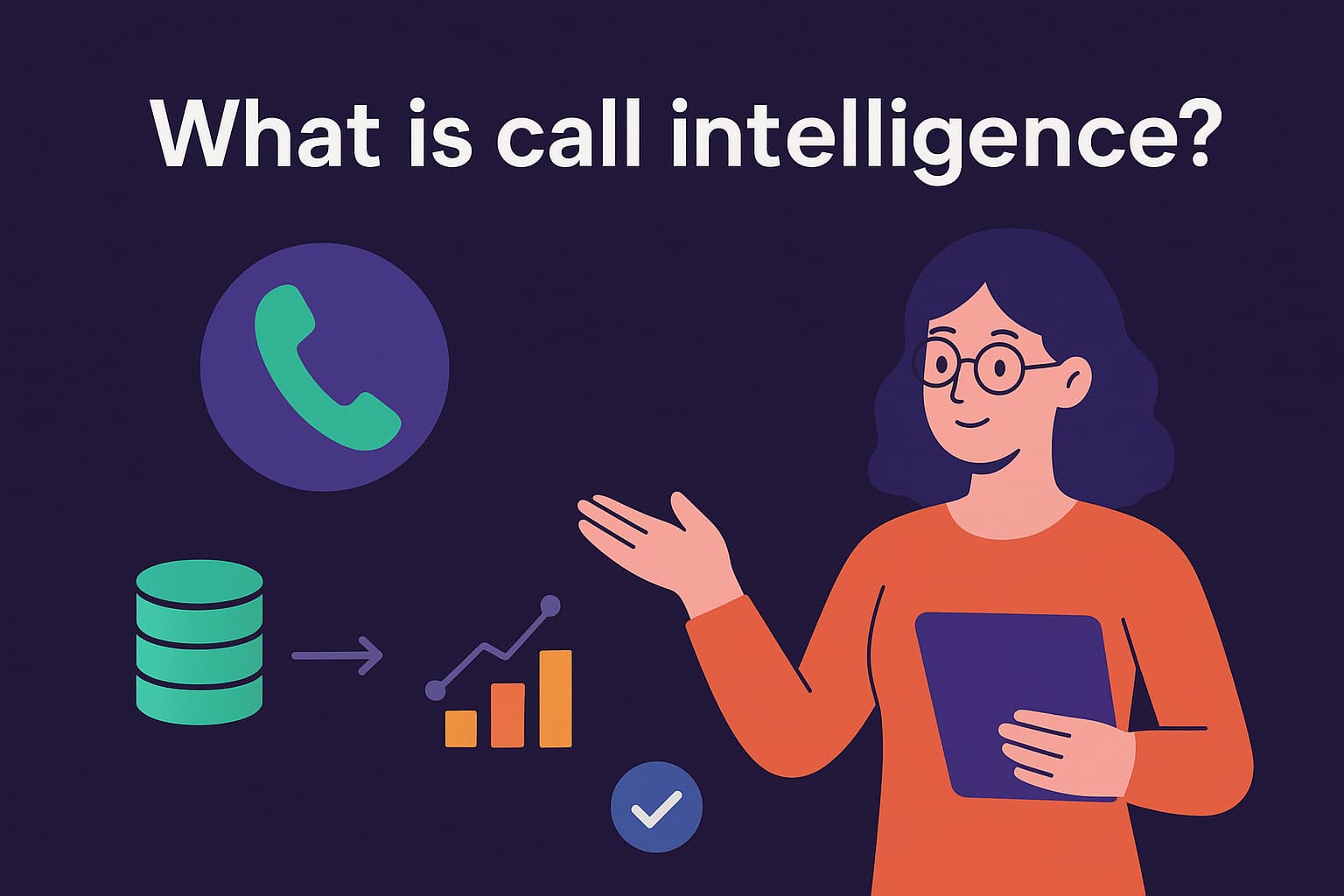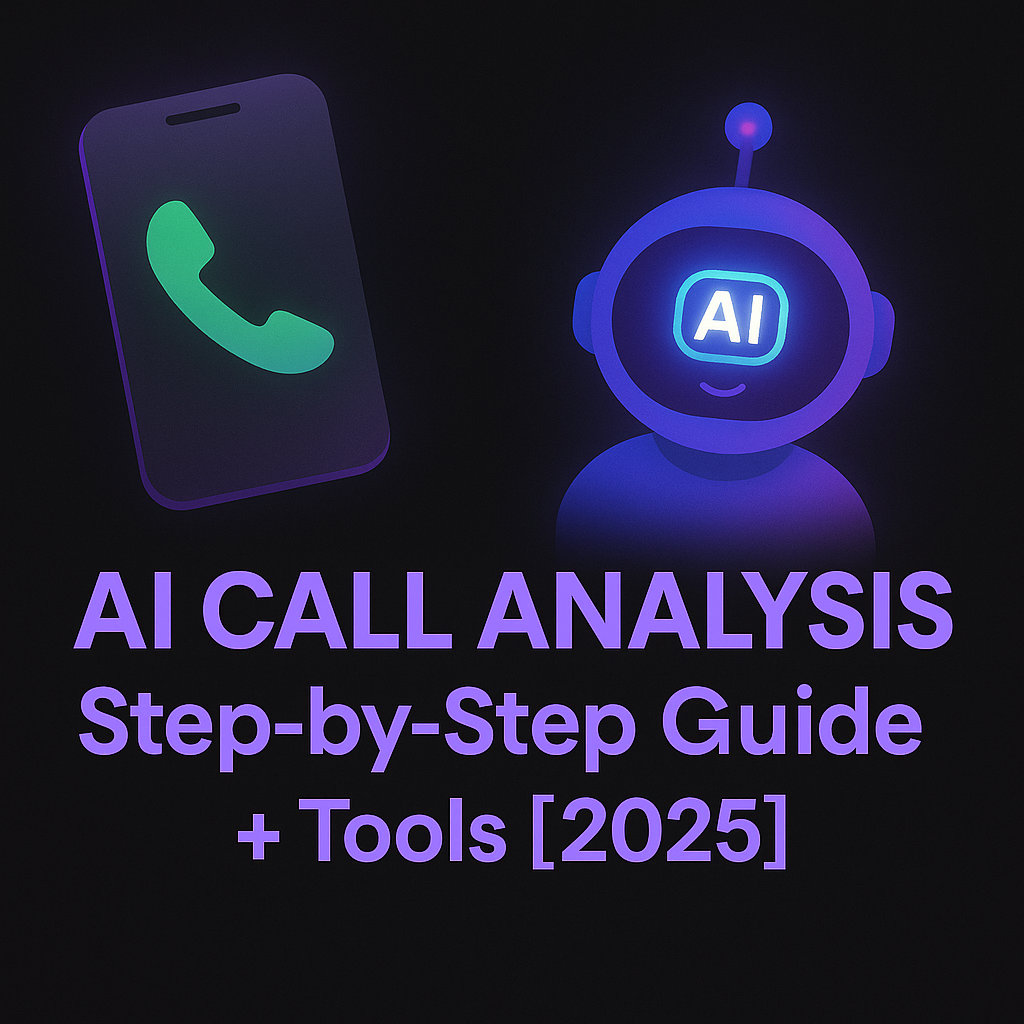
We all know that sales follow-ups can make or break a deal. The follow-up is an essential part of the sales process, often determining whether a prospect turns into a loyal customer or fades away.
The challenge of sales follow-up is to understand the line between being persistent and being a nuisance.
Crafting the perfect sales follow-up email is an art, and here’s a little secret: using ChatGPT prompts for sales follow-up will help you save a considerable amount of time, allowing you to concentrate on other tasks.
Let’s dive into how you can leverage this powerful tool to enhance your follow-up game and close more deals. And if you'd like some ready-to-use follow-up email templates, check them out right here.
Why Use ChatGPT Prompts for Sales Follow-Up?

ChatGPT prompts for sales follow-up are like having a copywriter to whom you can give endless instructions, who delivers work instantly, and all without having to pay a cent.
ChatGPT prompts for sales follow-up can help you craft personalized, engaging, and effective follow-up messages that keep your leads warm and your pipeline flowing.
Here’s 3 reasons why you should consider using these ChatGPT prompts for sales follow-up:
- Time-Saving: Stop spending hours writing and rewriting emails. ChatGPT can generate high-quality follow-up messages in seconds.
- Consistency: Maintain a consistent tone and message across all your communications, ensuring your brand voice is always on point.
- Personalization: Easily tailor messages to individual prospects, making each follow-up feel unique and thoughtful.
3 Practical Tips for Using ChatGPT Prompts for Sales Follow-Up
1. Be specific and clear about the follow-up purpose
Use ChatGPT to create prompts that are specific to the stage of the sales process. For example, a follow-up after an initial meeting should be different from one after a proposal is sent. Be clear about what you’re following up on.
2. Always provide value in each follow-up message
You should ensure that your follow-up message offers something of value, to avoid sending a meaningless message that will only serve to pollute your interlocutor's mailbox. Make sure to include new or interesting elements to your message (answering a question, providing additional information, sharing a relevant resource…).
3. Create a sense of urgency without being pushy
Encourage prospects to take action by creating a sense of urgency. ChatGPT can help you strike the right balance without being pushy.
3 Common Mistakes to Avoid When Using ChatGPT Prompts for Sales Follow-Up
Even with the best tools, it’s easy to slip up. Here are some common mistakes to avoid when using ChatGPT prompts for sales follow-up:

1. Over-automation
It’s tempting to fully automate follow-ups, but this can lead to impersonal communications. You should ensure that each message feels tailored to the recipient. Over-relying on automation can make prospects feel like just another name on a list, rather than valued individuals.
To prevent this problem, use ChatGPT prompts to personalize each message by including specific details about previous conversations or unique interests of the prospect.
2. Too Frequent Follow-Ups
You’re aware that finding the balance between being persistent and being a nuisance can be challenging. Following up too frequently can annoy prospects and push them away, while too infrequent follow-ups can lead to missed opportunities.
Avoid bombarding a prospect with daily follow-up emails. Instead, try to space out your follow-ups strategically. For example, wait a few days after the initial follow-up and gradually increase the interval between messages. ChatGPT can help you to create a sequence of follow-ups that progressively add more value.
3. Ignoring Prospect Feedback
You really don't want to send a follow-up message that ignores what your prospect told you just before. Indeed, failing to acknowledge and address feedback or concerns raised by the prospect in your follow-ups can be detrimental. Prospects want to feel heard and understood.
One way to avoid making this mistake is to copy and paste your conversation with the prospect into ChatGPT, or at least give some context, and ask it to take this into account when writing the follow-up message.
7 ChatGPT Prompts for Sales Follow-Up [Templates & Examples]
Prompt 1: Initial Thank You Follow-Up
Context: This follow-up occurs after the first interaction with a prospect, whether it’s a meeting, call, or email exchange. Its purpose is to thank the prospect for their time and to reiterate your interest in helping them solve their problem.
Prompt:
"You’re [Mention who you are]. Create a follow-up email to thank [Prospect's Name] for a recent meeting. Mention specific details discussed, express excitement about helping them solve [specific problem or achieve specific goal], and ask if they have any questions or need further information. Make it friendly and engaging."
Example:

Prompt 2: Information Follow-Up
Context: An information follow-up provides additional information requested by the prospect or further details to help them understand your product or service better.
Prompt:
"You’re [Mention who you are]. Generate a follow-up email for [Prospect's Name] providing additional information discussed in our recent conversation. Include details about [specific document or resource] and explain how it addresses [specific topic]. Invite them to ask any questions or request more information. Keep the tone helpful and informative."
Example:

Prompt 3: Reminder Follow-Up
Context: You should use this one to remind the prospect of an upcoming meeting, call, or deadline. It helps ensure that scheduled interactions are not forgotten and keeps the sales process moving forward.
Prompt:
"You’re [Mention who you are]. Write a reminder email for [Prospect's Name] about our upcoming [meeting/call] on [date and time]. Mention the topics or goals to be discussed and offer to reschedule if needed. Ensure the tone is polite and professional."
Example:

Prompt 4: Feedback Follow-Up
Context: This follow-up seeks feedback on a proposal, demo, or any other material provided to the prospect. It helps gauge their interest and address any concerns they might have.
Prompt:
"You’re [Mention who you are]. Draft a follow-up email for [Prospect's Name] to gather feedback on the [proposal/demo/document] sent last week. Ask for their thoughts, questions, or concerns, and suggest setting up a time to discuss further. Make the message open and encouraging."
Example:

Prompt 5: Check-In Follow-Up
Context: A check-in follow-up is used to keep the relationship warm and stay top-of-mind with the prospect. It’s particularly useful if there’s been a lull in communication.
Prompt:
"You’re [Mention who you are]. Compose a check-in email for [Prospect's Name] to see if there have been any updates or new developments since our last conversation. Offer assistance with any new questions or needs they might have. Keep the tone casual and supportive."
Example:

Prompt 6: Urgency Follow-Up
Context: A well-crafted urgency follow-up creates a sense of urgency, often around a limited-time offer, a special promotion, or an approaching deadline. It encourages your prospect to take action sooner rather than later.
Prompt:
"You’re [Mention who you are]. Write a follow-up email for [Prospect's Name] to create a sense of urgency about a special offer on [product/service] ending on [specific date]. Highlight the benefits and suggest scheduling a call to discuss taking advantage of the offer. Ensure the message is persuasive yet respectful."
Example:

Prompt 7: Post-Sale Follow-Up
Context: You should use this follow-up after the sale has been made. It aims to ensure customer satisfaction, address any issues, and lay the groundwork for future sales or referrals.
Prompt:
"You’re [Mention who you are]. Create a post-sale follow-up email for [Customer's Name] to check in on their experience with [product/service]. Ask if they have any questions or need further assistance, and express commitment to their satisfaction. Make the tone warm and appreciative."
Example:

Want more examples of how LLMs like ChatGPT can speed up your sales cycle and personalize outreach? This article on the best sales email prompts goes way beyond just follow-ups.
Stop Wasting Time Writing your Sales Follow-Up, Start Using Claap!
Feeling overwhelmed by the idea of crafting the perfect follow-up message? Let me introduce you to Claap, a powerful AI assistant for follow-ups.
Claap offers 2 main ways to enhance your sales follow-up strategy:
Create and Share Personalized Video Messages with Claap
Instead of writing endless emails, you can use Claap to send personalized video follow-ups. This innovative approach allows you to convey your message more effectively and adds a personal touch that text just can’t match.
Here’s how Claap’s video messaging can revolutionize your follow-up game:
- Communicate Faster with Video Messaging: With Claap, you can record your screen and/or your webcam in just one click. Claap allows you to share video messages with your teammates or customers effortlessly. Engaging with them through annotations and threads can make your follow-ups more interactive and impactful.
- Share the Link or Embed Your Video Anywhere: Once your video is recorded, sharing it is a breeze. Copy the link and share it directly with your teammates, share your video to a prospect through a sales email, or embed it in platforms like Notion, Slack, or your website.
- Get Feedback Like You’re in the Same Room: Claap enables contextual feedback through video annotations, comment threads, polls, video replies, and reactions. This feature ensures that your follow-up messages are not just one-way communications but interactive discussions where prospects can engage and respond at their convenience.
Use Claap’s AI Sales Copilot to Write Your Follow-Up Emails in Seconds
If you prefer sticking to written communication, Claap’s AI Sales Copilot can write your follow-up emails for you in no time.
Even better than ChatGPT, Claap’s tool for generating sales emails draws information from your CRM (your previous conversations in particular) to write an email that's as close as possible to your style.
And that's not all. Claap supercharges your sales meetings, helping you close more deals and foster better collaboration within your company. Key features include:
- Meeting recordings with audio and video transcriptions;
- AI-generated notes, summaries & follow-up emails according to a desired template - in 99 languages;
- All-in-one video platform to store your sales videos, onboard, coach & collaborate with your teams;
- Turn customer calls into insights: competitors insights, objections, features requests
- Screen and webcam recording.
- Automated CRM field enrichment for seamless data entry.
- Coaching based on MEDDIC, SPIN, BANT, SPICED, or any other preferred framework.
Claap is more than just a conversation intelligence solution—it’s also a revenue intelligence platform that transforms your customer calls and meetings into actionable insights and revenue opportunities.
Claap pricing
Here's an idea of the different plans offered by Claap, in full transparency:
- Free Plan: It includes 10 videos and 300 minutes of recording - try here for free;
- Pro Plan: $25/month per user with unlimited videos upload/storage or recording and up to 1000min of recording;
- Business Plan: $50/month per user with unlimited recording time, unlimited videos upload/storage and access to all AI features: summaries, emails, CRM enrichment, deals insights, coaching, and more.
- Enterprise Plan: Contact Claap to see how the software can be tailored to your needs!
If you're eager to explore Claap's paid features, you can get a free demo!


